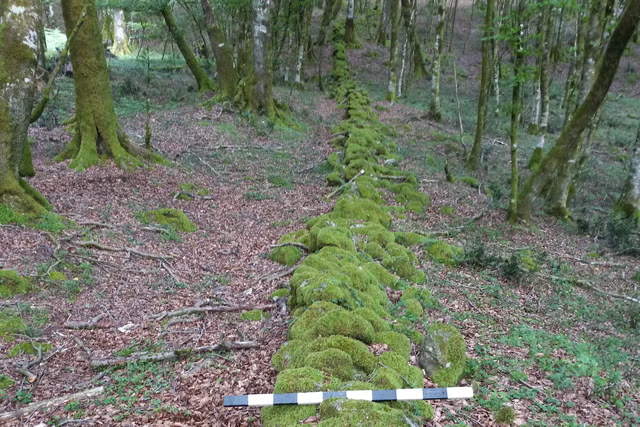Researchers have recently uncovered fascinating new insights into the life and death of a mummified ancient Egyptian crocodile.
A study published in the journal Digital Applications in Archaeology and Cultural Heritage has revealed what the deadly last meal of the roughly 7-foot-long reptile was, among other "surprising" details, Lidija Mcknight, lead author and research fellow with The University of Manchester in the United Kingdom, told Newsweek.
The crocodile is thought to be anywhere between 3,000 and 2,000 years old—when the practice of mummifying animals in ancient Egypt was at its peak. It is being kept at the Birmingham Museum and Art Gallery—also located in the U.K.—where it's known by its identification number 2005.335. However, it's not clear how exactly the mummy ended up in Birmingham nor where exactly it was originally discovered.
"Sadly, we do not know where the mummy originated and we have no details to explain how it came to be in Birmingham," McKnight told Newsweek. "This is not unusual for mummified animal remains."
Despite this, the characteristics of the crocodile mummy connect it to ancient Egypt, where these animals played an important role in the mythology of the culture.
"Crocodiles were venerated as symbols of fertility—linked to the annual Nile inundation and the fertile strip of agricultural land which resulted from the flood—and as symbols of ferocity and power. Crocodiles were mummified as offerings to the cult of the god, Sobek," McKnight said.
The latest study was conducted as part of the Ancient Egyptian Animal Bio Bank project, which aims to research collections of mummified animal material held in museums worldwide.
"By studying multiple collections, we hope to gain a better understanding of the wider practice of animal mummification in ancient Egypt," McKnight added.
For the study, McKnight and colleagues used state-of-the-art 3D-imaging technology to examine the crocodile in order to shed light on the final hours of its life and the animal's death.
Ancient Egyptian animal mummies are often wrapped in linen bandages and so the contents are not usually visible to the naked eye. But this crocodile mummy had been unwrapped at some point in history, so the physical body is clearly visible.
Still, "the study revealed surprising details about the life and post-mortem treatment of the animal," McKnight said.
The scans revealed the presence of a fish, attached to a bronze hook, that the crocodile appears to have swallowed whole, with its skeleton largely intact. The ingestion of the hook may have caused the crocodile's death, according to the researchers.
"The presence of the hook and the fish suggests that the [crocodile] died soon after ingesting them due to the lack of degradation by the digestive enzymes," McKnight said.
The apparently short time between the ingestion of the fish and the death of the crocodile suggest that the ancient Egyptians potentially used the baited hook to catch the reptile for the purpose of mummification. Or the capture of the crocodile may have been a collateral incident occurring accidentally when the wild animal was attracted to the fish during a routine fishing expedition, according to the researcher.
"It is difficult to say the exact timelines of events leading to the crocodile's death," McKnight explained. "There are no obvious signs which suggest cause of death. It could be that the crocodile swallowed the baited hook and was captured or that the action of swallowing it caused its death. There are a lot of questions for which we can really only offer possible scenarios."
The scans also showed that the crocodile had swallowed a large number of small stones known as gastroliths while alive, which these animals intentionally ingest to help them break down food and regulate buoyancy. The presence of more gastroliths higher up in the crocodile's digestive tract indicate an attempt to break down the animal's last meal, revealing that the reptile died before the fish reached its stomach.
"Crocodile mummy 2005.335 was a unique opportunity to apply scientific analysis to a large animal mummy," McKnight said in a University of Manchester press release. "Mummies have long been a source of fascination for museum visitors of all ages. Our work provides a unique opportunity to connect visitors to the story of this animal."
She added: "Whereas earlier studies favoured invasive techniques such as unwrapping and autopsy, 3D radiography provides the ability to see inside without damaging these important and fascinating artifacts."
Do you have a tip on a science story that Newsweek should be covering? Do you have a question about archaeology? Let us know via science@newsweek.com.
Disclaimer: The copyright of this article belongs to the original author. Reposting this article is solely for the purpose of information dissemination and does not constitute any investment advice. If there is any infringement, please contact us immediately. We will make corrections or deletions as necessary. Thank you.



